The concept of inter-agency zone used to be familiar in our country, then gradually disappeared and in recent years has become popular again. In your opinion, why has this concept "revived", and how should it be redefined in the current socio -economic context?
Inter-agency is a popular concept in the world , equivalent to the term "Government Complex" or "Administrative Complex". In Vietnam, inter-agency is understood as an area where many state agencies, administrative units or specialized departments work in the same building or campus. This model was formed to optimize space, strengthen centralized management, create favorable conditions for inter-agency coordination and serve the people.
In Vietnam, inter-agency areas were once associated with collective housing areas and administrative headquarters during the subsidy period. Typical examples include Trang Thi inter-agency area (40 Trang Thi, Hanoi ), which was once the administrative center of Hanoi in the 1980s; inter-agency area No. 1 Hoang Hoa Tham in Vinh; Ly Thuong Kiet inter-agency area in Hue; or Pasteur - Ly Tu Trong inter-agency area in Ho Chi Minh City...
Recently, the concept of inter-agency has been mentioned more and more, especially after Hanoi approved the Tay Ho Inter-agency Project - a large-scale centralized administrative complex. For me, inter-agency is a very good concept, going straight to its essence. This model is not only about concentrating headquarters, but also aims to strengthen inter-agency coordination, improve the efficiency of administrative apparatus operations and optimize data management. The inter-agency model is an inevitable trend in the context of modernizing public administration, meeting the need for an effective, transparent administration that better serves the people. It even improves the image of public apparatuses in our country in the future.
Architect Le Quang presents the Khanh Hoa Inter-agency Zone project
What is the scale and specific characteristics of the multi-agency project that you have just been selected for? In the context of many multi-agency projects in Vietnam being "shelved" and not being as effective as expected, how can you avoid this mistake?
Through the architectural design competition, our office won first prize and was contracted to carry out the planning and architectural design for the Khanh Hoa Inter-agency Project. This is a large-scale project, expected to serve about 1,200 employees before the province's merger and has the potential to expand to 2,000 employees after the province's merger.
Our design solution focuses on innovating the spatial organization model, optimizing functions and promoting interdisciplinary activities between agencies under Khanh Hoa province when moving to work at the inter-agency area. With many years of experience practicing in the field of architecture in Germany and Switzerland, my proposal is influenced by the Government Complex models of the West, especially Germany. However, as a Vietnamese architect, I aim for a solution that combines advanced international models with the construction context, climate conditions and cultural characteristics and customs of Vietnam.
In reality, large investment value is not a factor that ensures the investment efficiency of a project. Many projects worth thousands of billions or even thousands of billions of VND in Vietnam have failed to promote their use value, or even been wasteful, due to limitations in the principles of space organization, leading to outdated or ineffective projects right from the time of completion. Our solution to avoid this "mistake" is to focus on in-depth research on functional organization, creating a Functional Backbone - a solid third platform for interdisciplinary workspaces. The design ensures a flexible structure, capable of expanding or shrinking depending on needs, adapting to future fluctuations in technology and human resources. This is the "strategic design" approach - a field I have researched, applied and taught over the past few years in Europe.
The administrative center building in Da Nang is considered unsuccessful after 2 years of operation (since 2014), and must consider finding a new location for the administrative center.
Hoang Son
It is known that your inter-agency project is associated with the story of streamlining and merging. How will architecture participate in this story?
We won this project in the context of streamlining the apparatus and merging administrative units being vigorously implemented. If people are the living infrastructure of society, then architecture is the static infrastructure, the foundational structure for all activities. When people's working methods change, the working space needs to be reorganized accordingly. Architecture, along with social infrastructure, needs substantial reforms to meet the new requirements of the times; and I believe that is inevitable.
Changing a building is easy, but changing the way a person operates in the administrative system is the real challenge. Therefore, our design aims to create a working environment that promotes this transformation, where the organization of space not only serves physical needs but also supports changing working habits, enhances inter-sectoral cooperation, strictly manages space funds, and at the same time brings convenience and friendliness to people when accessing public services. Thereby, improving the image of the administrative system in the eyes of society.
What architectural solutions can help avoid wasting redundant office resources when agencies and organizations merge into inter-agency areas?
When the new inter-agency center is inaugurated, the agencies moving here will free up a series of small headquarters scattered throughout the city. This is an opportunity to restructure urban space and the functions of old offices. These buildings can be completely renovated into district and ward-level public administrative centers, or converted into schools, libraries, research institutes, and community cultural centers. Some suitable buildings can become offices for e-government, smart urban operations centers, or even dismantled to develop data centers - essential infrastructure for the digital economy.
Having a surplus of old administrative headquarters does not mean that we have a surplus of basic infrastructure. In fact, we still lack, and lack a lot. The problem is to proactively transform these surplus parts into resources to serve the areas that society is seriously lacking.
Khanh Hoa Inter-agency Area in the design project of Architect Le Quang
Construction is one thing, but operating an inter-agency complex is an even more difficult problem. How can everything be synchronized and smooth, when teamwork and inter-agency coordination skills are still considered weaknesses of Vietnamese workers?
This question reminded me of some previous projects in Vietnam that we had proposed but were not selected for construction. Gradually, I realized that the key point lies in the operational problem and in the people who will work in those inter-agency areas.
Building a road is a technical matter, but operating it smoothly is another story. Similarly, a project that is too new and too radical can create a burden of retraining the entire apparatus in working methods and space usage habits: the cost of which is not small, sometimes greater than the cost of building the project. Fortunately, this time, our proposal was chosen at the right time when Vietnam is resolutely implementing the process of transforming the operating principles of the administrative apparatus. That is not only reflected in the budget, but also in the change in thinking.
Vo Chi Cong Inter-agency Area (Tay Ho District, Hanoi)
Tung Son
Therefore, our approach to this project is also very clear: consider that transformation as a fulcrum, while controlling the level of innovation in the design to ensure operational feasibility. The important point here is that we do not design to "force" people to use this space, but create an environment that is attractive enough for them to "want" to use it actively. This concentration of functions creates a solid foundation for more effective space management, reducing pressure on surrounding office blocks while still ensuring a civilized and professional working environment.
Data management is also an indispensable part of modern administrative building design, not only in Vietnam but in every country. In fact, in Vietnam, the public sector operates slower than the private sector in this regard. Therefore, we put a lot of effort into making the building not only a workplace, but also a space to support workers to gradually get acquainted with the modern data management system. In the long term, this will help significantly reduce the area for storing paper records, gradually forming a soft, open data warehouse, creating conditions for more convenient connection with people, while optimizing the administrative procedure processing process.
The inter-agency area in Ho Chi Minh City includes the City People's Committee, Department of Transport, Industry and Trade, Natural Resources and Environment...
Ngoc Duong
The "shelved" inter-agency areas, the Shark Jaw building about to be demolished...; how do you think we should learn from those architectural lessons, in comparison with the architectural practices you observe abroad?
The abandoned inter-agency complexes and the recent controversy surrounding the Shark Jaws building in Hanoi show that the public’s interest in social infrastructure is clearly increasing. In my opinion, this is a positive movement and should be encouraged. It is time we became more aware that a society operates like a train: whether it runs fast or slow, or even if it runs at all, depends not only on the individual carriages or locomotives, but on whether the rail system is properly designed, solid and durable.
In fact, we often pay too much attention to the "seat on the train" - to specific positions or individuals - and forget the more important part: the rail system, that is, the infrastructure and operating platform of the whole machine. When looking at architectural designs and planning in developed countries, or the inter-agency model in Germany, what we easily recognize is the shape and appearance of the project. But few people look deeply into the policies, infrastructure and operating designs that have been carefully calculated to maintain and activate those structures as a real machine.
The essence of architecture and planning, like many other areas of life, lies not in the shapes or surfaces, but in the system of principles that govern them. Any solution to a problem is only valuable when it is directed towards a common principle, a clear and consistent motto of action. In Germany, this is very clear: "No one can completely erase the social heritage, good or bad, it would be too expensive; but one can absolutely make it work more effectively".
The inter-agency project we are working on follows the same principle. I cannot ignore the fact that 2,000 people will come here with old working habits. The challenge is not to erase everything, but to design a new infrastructure, scientific enough, reasonable enough, to move forward with them, in a controllable and sustainable path.
Source: https://thanhnien.vn/kien-truc-su-le-quang-khu-lien-co-se-giup-cai-thien-hinh-anh-cac-bo-may-cong-185250329215352144.htm



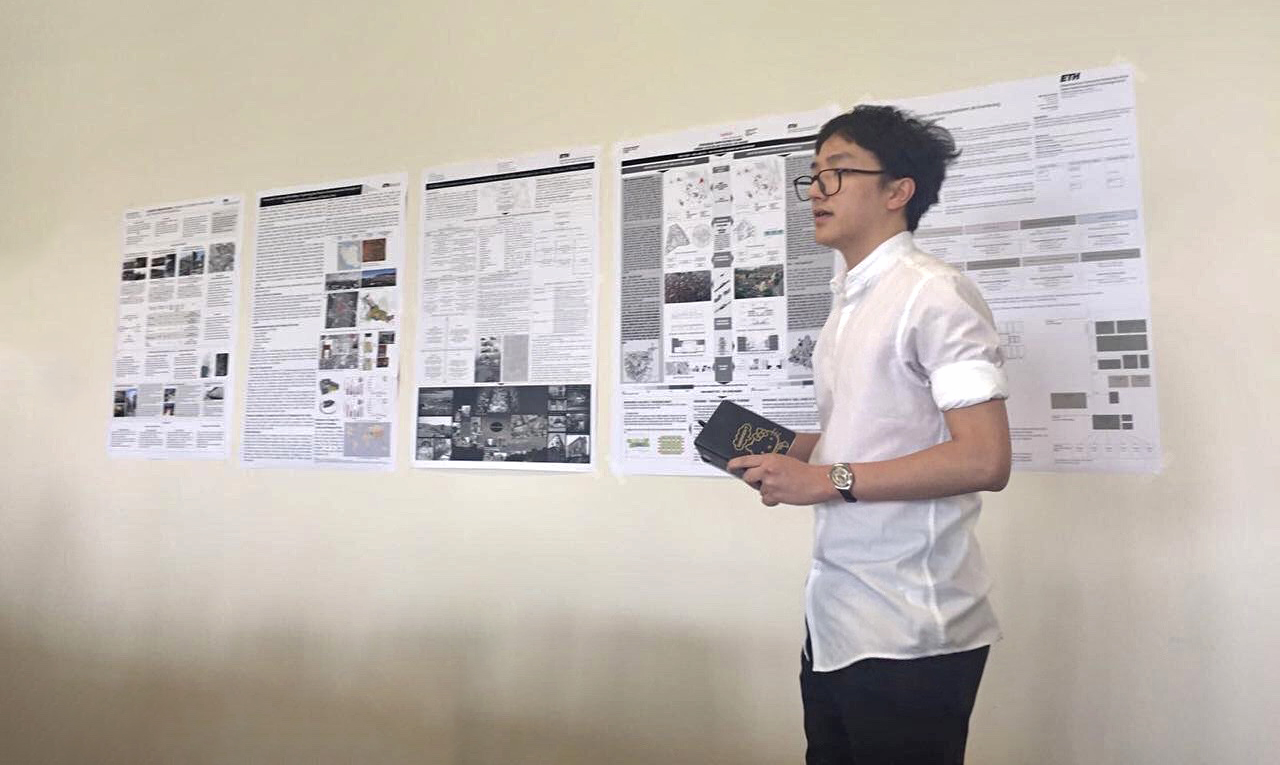

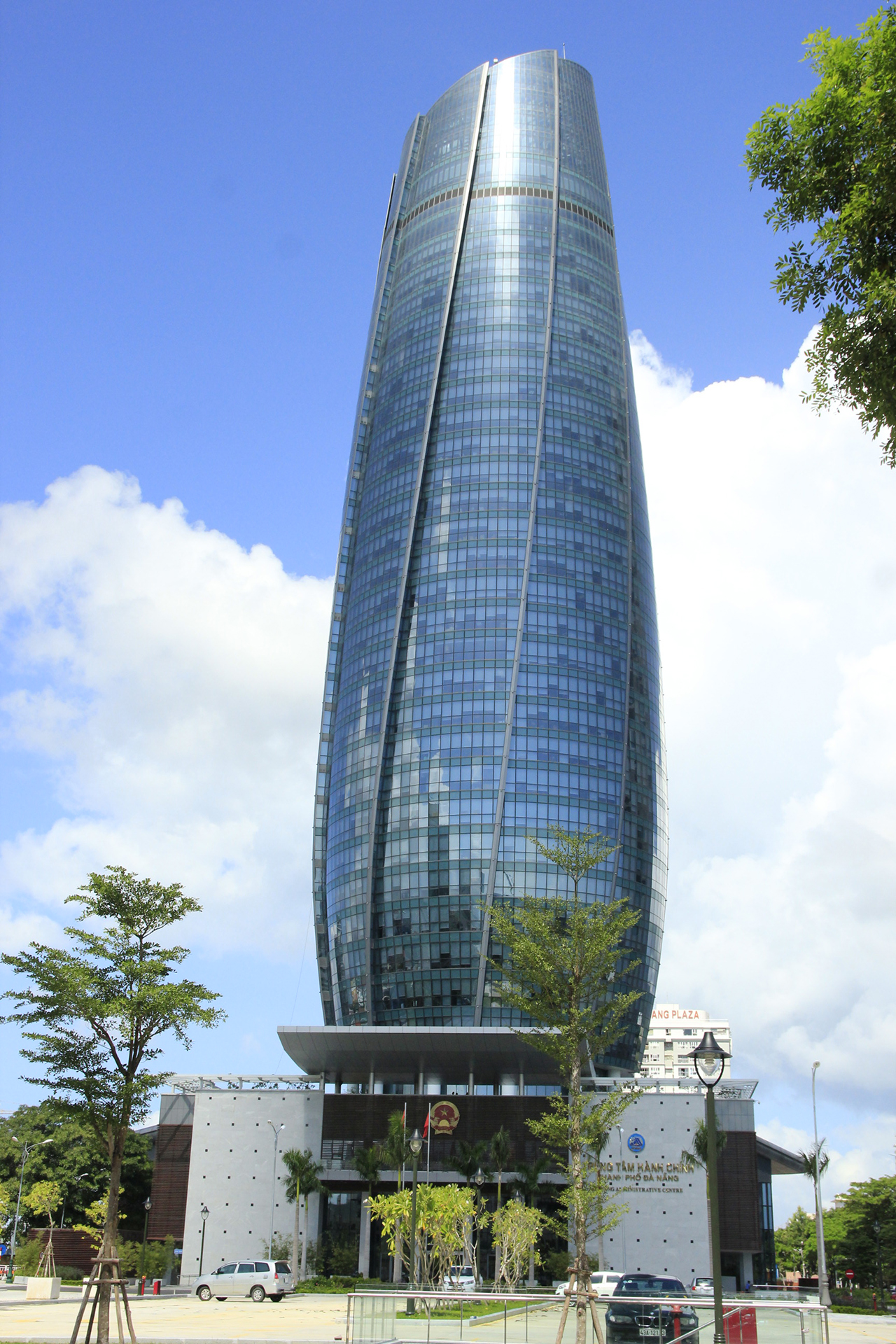
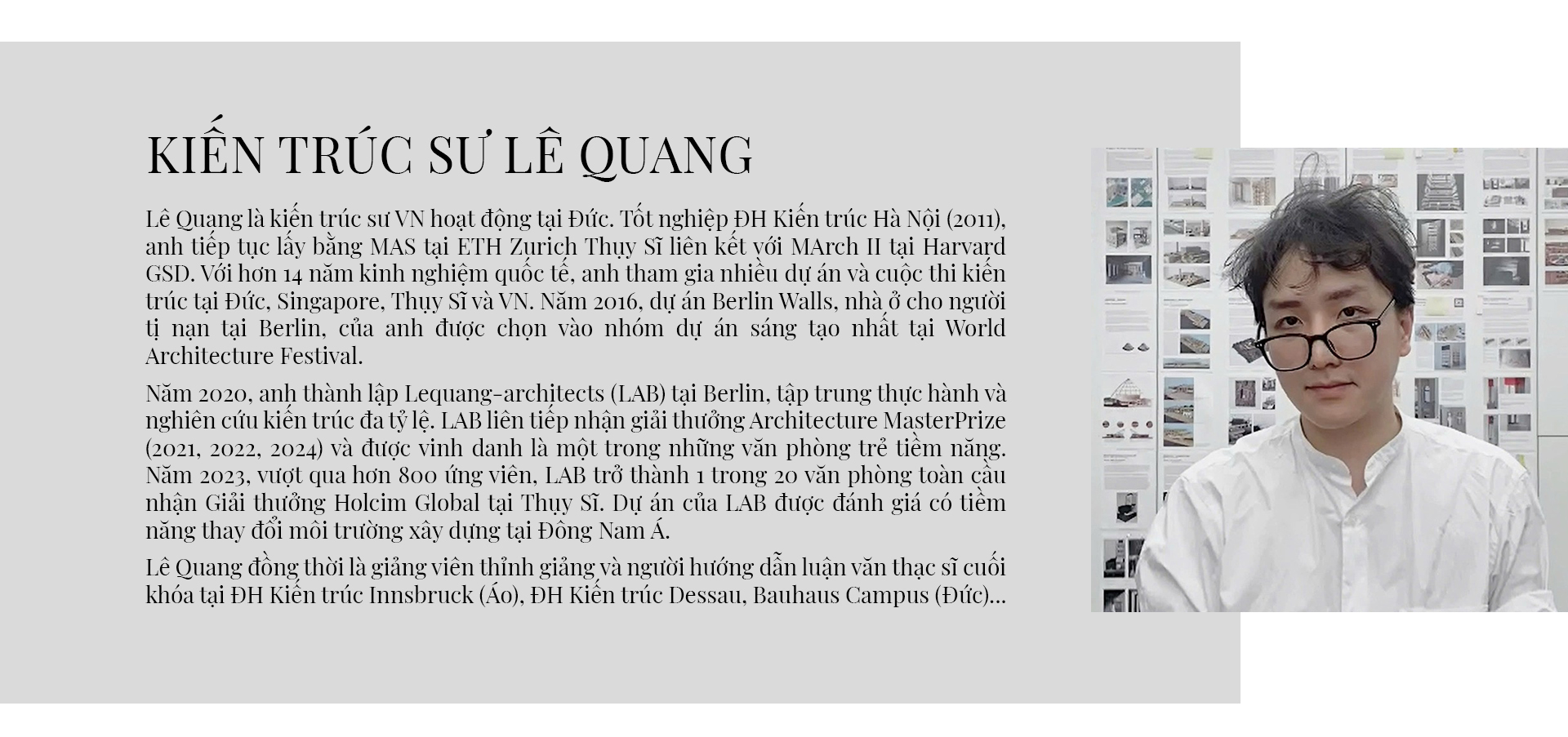

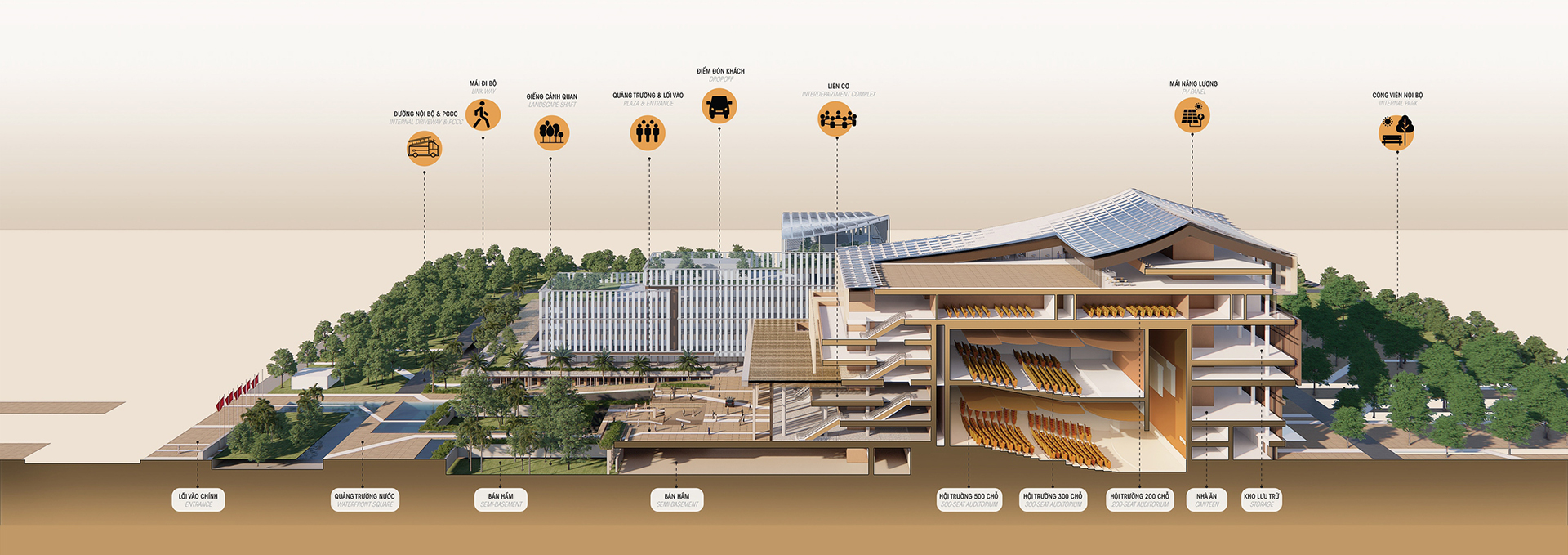
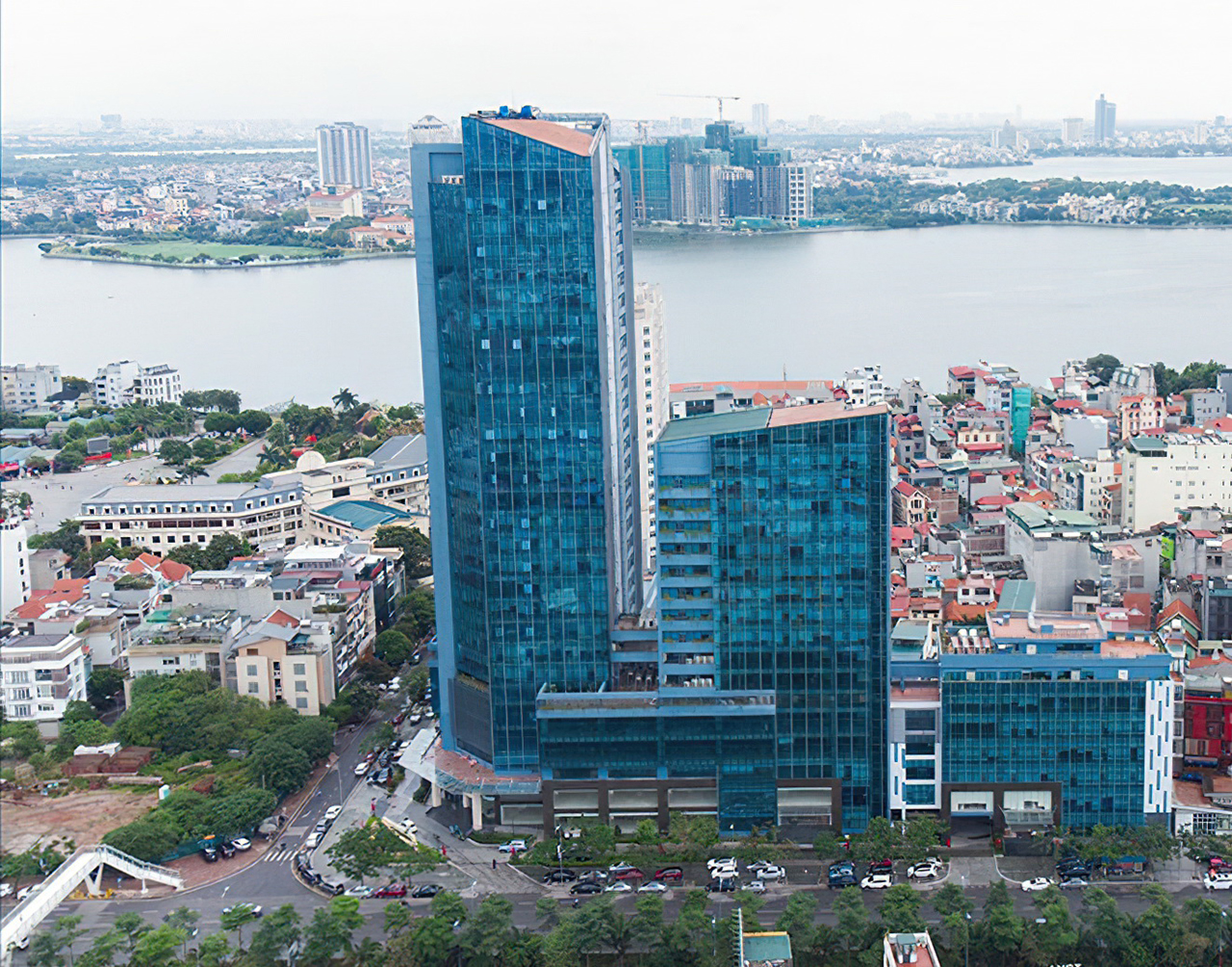
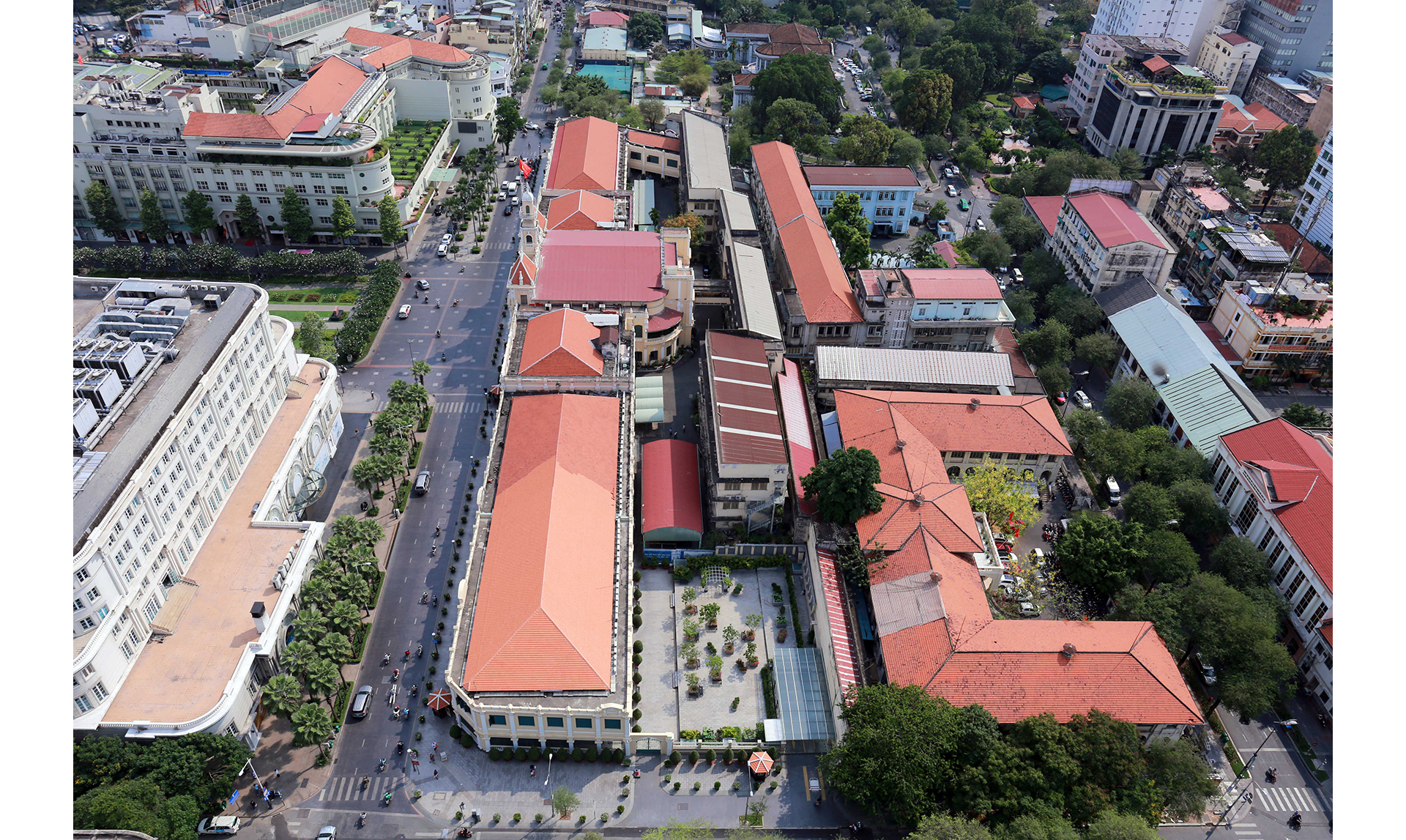




![[Photo] President Luong Cuong talks on the phone with South Korean President Lee Jae Myung](https://vphoto.vietnam.vn/thumb/1200x675/vietnam/resource/IMAGE/2025/6/13/eee54a4c903f49bda277272b1dda68e8)

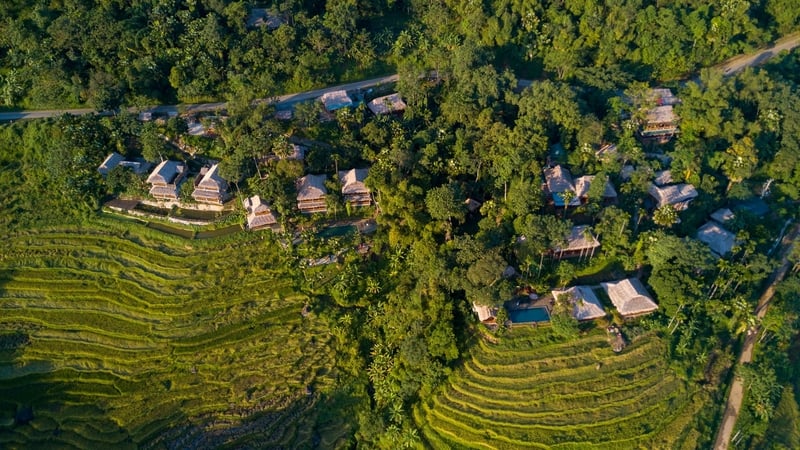









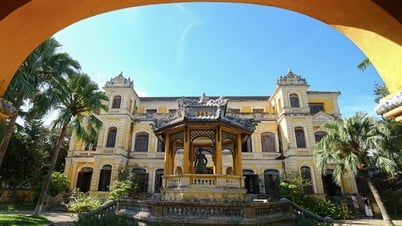
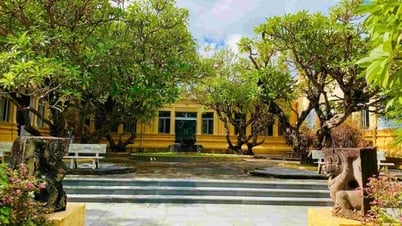

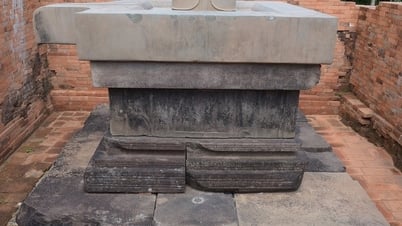




















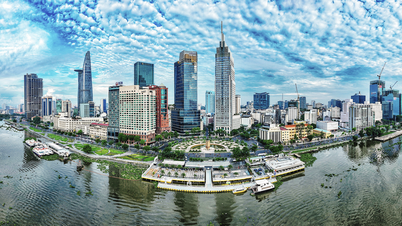








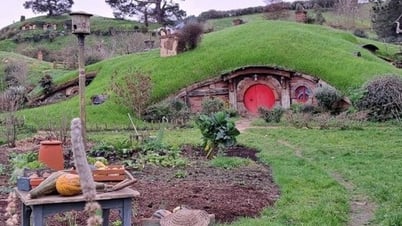




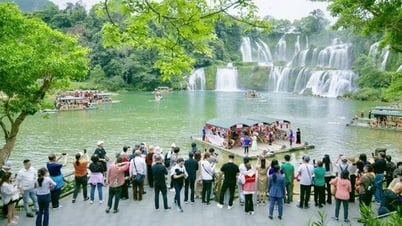





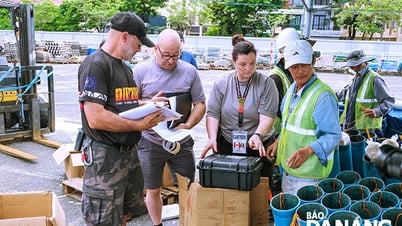



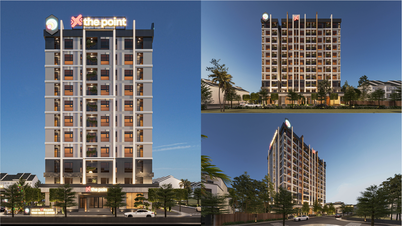













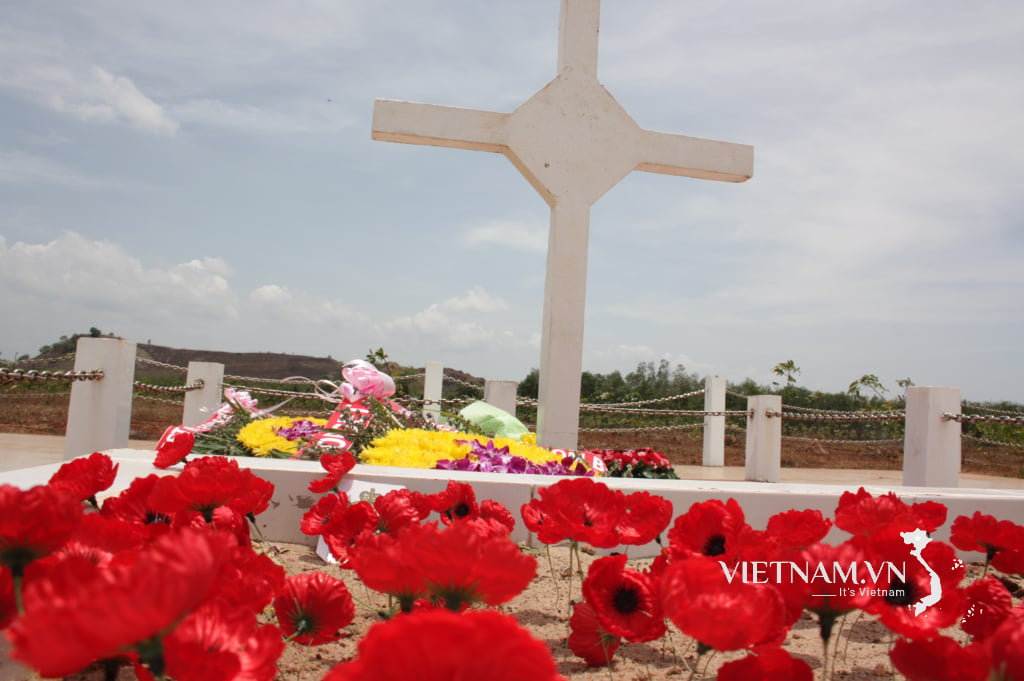



Comment (0)